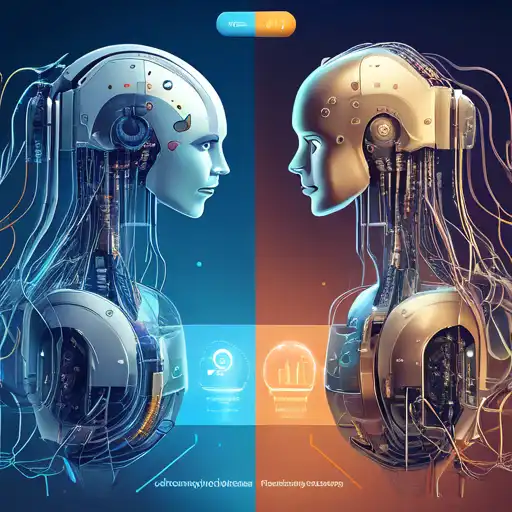Introduction to Machine Learning and Deep Learning
In the rapidly evolving field of artificial intelligence (AI), Machine Learning (ML) and Deep Learning (DL) stand out as two of the most significant and talked-about technologies. While they are often used interchangeably, they are not the same. This article delves into the key differences between ML and DL, helping you understand which technology might be best suited for your projects.
What is Machine Learning?
Machine Learning is a subset of AI that enables systems to learn and improve from experience without being explicitly programmed. It focuses on the development of algorithms that can access data and use it to learn for themselves.
Types of Machine Learning
- Supervised Learning: The algorithm learns from labeled data.
- Unsupervised Learning: The algorithm learns from unlabeled data.
- Reinforcement Learning: The algorithm learns by interacting with its environment.
What is Deep Learning?
Deep Learning, a subset of ML, uses neural networks with many layers (hence the term 'deep') to analyze various factors of data. It is particularly effective in processing unstructured data like images and sound.
Key Features of Deep Learning
- Automatic Feature Extraction: DL algorithms can automatically identify the features to be used for classification.
- Scalability: DL models improve their accuracy as the amount of data increases.
Machine Learning vs. Deep Learning: The Key Differences
While both ML and DL are used to make predictions or classifications based on input data, there are several key differences between them.
Data Dependencies
DL requires large amounts of data to perform well, whereas ML can work with smaller datasets.
Hardware Requirements
DL models are computationally intensive and often require GPUs for training, unlike ML models that can be trained on CPUs.
Feature Engineering
In ML, feature extraction must be done manually, but DL automates this process, saving time and reducing the potential for human error.
Interpretability
ML models are generally easier to interpret than DL models, which are often considered 'black boxes' due to their complexity.
Choosing Between Machine Learning and Deep Learning
The choice between ML and DL depends on several factors, including the size of your dataset, the complexity of your problem, and your computational resources. For more insights into making the right choice, explore our guide on Choosing the Right AI Technology.
Conclusion
Understanding the differences between Machine Learning and Deep Learning is crucial for leveraging the right technology for your needs. While DL offers powerful capabilities for handling complex and large-scale data, ML provides a more accessible and interpretable approach for smaller datasets. As AI continues to advance, the line between these two technologies may blur, but their core differences will remain relevant for the foreseeable future.
